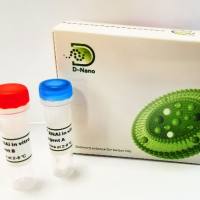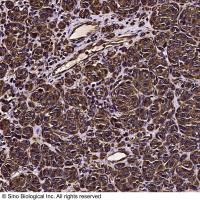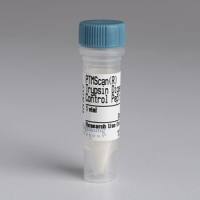RNA interference (RNAi) is rapidly becoming a standard laboratory technique for understanding and regulating the function of specific genes in evolutionarily diverse organisms, including plants, Caenorhabditis elegans, Drosophila , and mammalian cells (1 –10 ). RNAi is initiated by the conversion of doublestranded RNA (dsRNA) into 21- to 23-nucleotide (nt) fragments of dsRNA by Dicer enzymes. These short, interfering RNAs, or siRNAs as they are known, are incorporated into an RNAi effector complex, the RNA-induced silencing complex (RISC), which uses them as guides to target and destroy complementary messenger RNA (mRNA). Recent findings point to a tight connection between microRNA (miRNA) and RNAi molecular machineries. Recent study also has led to the unmasking of a widespread biological regulatory mechanism involving miRNAs (11 –17 ), and there is a wide agreement that the core RNAi machinery carries out numerous cellular functions by an endogenous pathway important for normal development in many organisms, including gene regulation, virus resistance, and chromatin remodeling (1 –17 ). Although some components of the RNAi cellular machinery have been identified, the overall picture is far from clear. We describe the tandem affinity purification (TAP) method (18 –20 ) to isolate protein components of RISC in cultured Drosophila Schneider-2 (S2) cells. This purification method has allowed us to identify several RISC components, including Argonaute 2 (AGO2), the Drosophila homolog of fragile X mental retardation protein (dFMR1), and a DEAD-box RNA helicase Dmp68 (21 ,22 ). Identification of components of RNAi/miRNA pathways by the TAP method eliminates the need for large-scale sample preparation and overcomes, for example, the potential hazards associated with the use of a radioisotope, thereby placing the method within the scope of the average laboratory.






